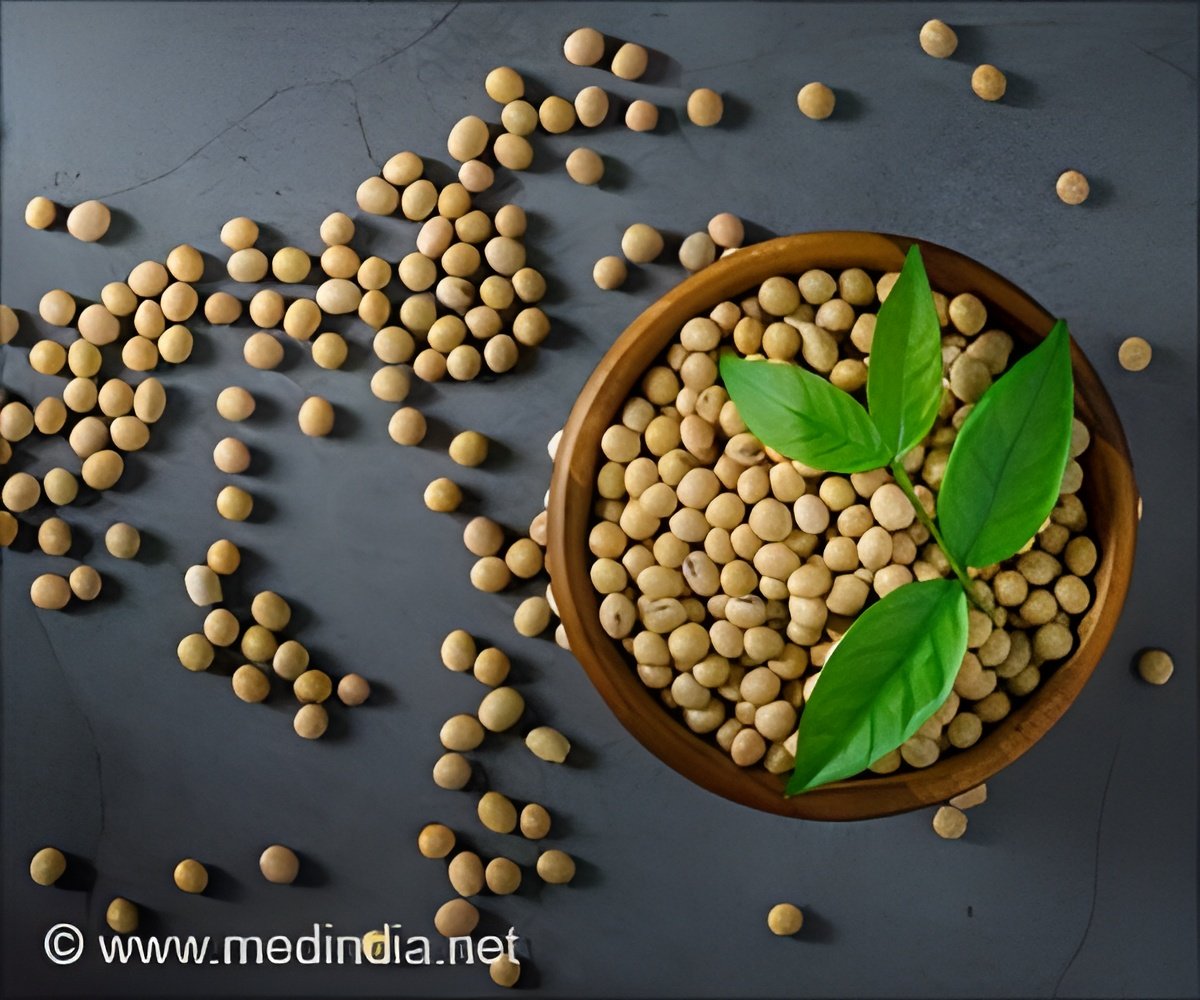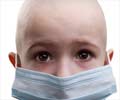Pesticide use and soy expansion in Brazil are linked to increased childhood cancer mortality. Uncover the potential health risks.

- Pesticide use and soy expansion in Brazil may contribute to childhood cancer mortality
- The study highlights potential health risks for children in regions impacted by agricultural intensification
- Ensuring safe pesticide handling and access to healthcare is crucial in mitigating these risks
Agricultural intensification and childhood cancer in Brazil
Go to source).
Irresponsible Pesticide Use Linked With Serious Health Implications
“The Brazilian Amazon region is undergoing a transition from low-input cattle production to intensified soy culture with high use of pesticides and herbicides. The expansion has happened quickly, and it appears educational efforts and training for pesticide applicators didn’t match the growth in pesticide use. When not used properly, there are health implications,” said Marin Skidmore, assistant professor in the Department of Agricultural and Consumer Economics, part of the College of Agricultural, Consumer and Environmental Sciences (ACES) at U. of I. Skidmore is the lead author of the paper, published in Proceedings of the National Academy of Sciences (PNAS).“As this transition was happening, there were documented cases of pesticide poisoning of agricultural workers and evidence of chemicals in the blood and urine samples of non-agricultural workers in the surrounding communities,” Skidmore said. “This indicates that this rollout had happened in a potentially dangerous way that was leaving people exposed.”
Hpw Pesticide Exposure Affects Children's Health
The researchers looked into the public health consequences of pesticide exposure, focusing on children as the most vulnerable population. They focused on mortality caused by acute lymphoblastic leukemia (ALL), the most common juvenile blood malignancy.Their research drew on data from the Amazon and Cerrado biomes on health outcomes, land use, surface water, and demographics. The sample was predominantly composed of "rural" areas with at least 25% of land cover in agriculture.
Link Between Brazil's Soy Expansion and Childhood Deaths
Soy output in the Cerrado region tripled between 2000 and 2019, whereas it increased 20-fold in the Amazon zone, from 0.25 to 5 million hectares. Pesticide use in the study area increased three to tenfold during the same period. Pesticides are applied at a rate 2.3 times higher per hectare in Brazil than in the United States.“Our results show a significant relationship between Brazil’s soy expansion and childhood deaths from ALL in the region,” Skidmore said. “Results suggest that about half of pediatric leukemia deaths over ten years may be linked to agricultural intensification and exposure to pesticides.”
Skidmore and her colleagues discovered that a 10% increase in soy output is connected with an additional 0.40 fatalities from ALL children under the age of five and an additional 0.21 deaths from children under the age of ten per 10,000 population. They estimate that 123 children under the age of ten died from ALL caused by pesticide exposure between 2008 and 2019, out of a total of 226 recorded fatalities from ALL during the same period.
Is Water Contamination Due to Pesticide Runoff Responsible for Pesticide Exposure?
Skidmore stressed that the study does not establish a direct, causal link between pesticide exposure and cancer deaths, but the researchers take several steps to rule out other possible possibilities. They discovered no links between ALL fatalities and soy intake, changes in socioeconomic status, or the frequency of crops with reduced pesticide application rates.The researchers also looked into water contamination as a key cause of pesticide exposure. “We looked for evidence of pesticide application upstream, in the watershed that flows into a region, and we found it is related to leukemia outcomes in the downstream region. This indicates that pesticide runoff into surface water is a likely method of exposure,” Skidmore explained. “About 50% of the rural households in this region had a well or cistern at the time of the 2006 agricultural census, which left the other 50% reliant on surface water as a source of drinking water. If the surface water is contaminated, pesticides used in soy production upstream can reach children living downstream through waterways.”
Does Pesticide Exposure Lead to Leukemia?
“Our concern is that our results are only the tip of the iceberg. We measured one small, very precise outcome. Pesticide exposure may also result in non-fatal cases of leukemia, and there is a risk of impacts on the adult and teenage community,” she said.ALL is a highly curable disease, but it necessitates timely access to high-quality medical care. The researchers found only two high-complexity pediatric oncology hospitals in the entire Amazon region, however, other facilities can also provide therapy. They discovered that the increase in observed pediatric ALL mortality caused by soy growth was limited to localities more than 100 kilometers from a treatment facility.
How to Use Pesticides Safely?
“Our results indicate that there are several ways to mitigate the relationship between pesticide exposure and ALL deaths,” Skidmore said. “This includes training and education for agricultural workers, smart regulations for pesticide use, and access to health care. We certainly are not advocating for a wholesale stop of using these inputs. They are important and valuable technologies, but they need to be handled safely and with some checks in place.”Brazil is now working on a certification program that would require pesticide applicators to get safety training and education. Pesticide applicators in many countries, including the United States, are obliged to be licensed and to engage in an annual pesticide safety education and testing program.
“I think there is a strong awareness that safe use of pesticides is what's best both for agricultural productivity and for the communities. This soy expansion and boom are in many ways a huge win for Brazil's economy,” Skidmore stated. “We want to highlight that when changes happen fast, there are risks associated with that, and this is not isolated to Brazil. There is a lot of focus on agricultural intensification for global food security around the world. We need to find a balance where we get the productive benefits while mitigating any potential risks. When there is rapid rollout of these technologies in a new region, often an underdeveloped or poor region, how do we ensure there are guardrails in place to prevent another case like this?”
Reference:
- Agricultural intensification and childhood cancer in Brazil - (https://www.pnas.org/doi/full/10.1073/pnas.2306003120)
Source-Medindia















